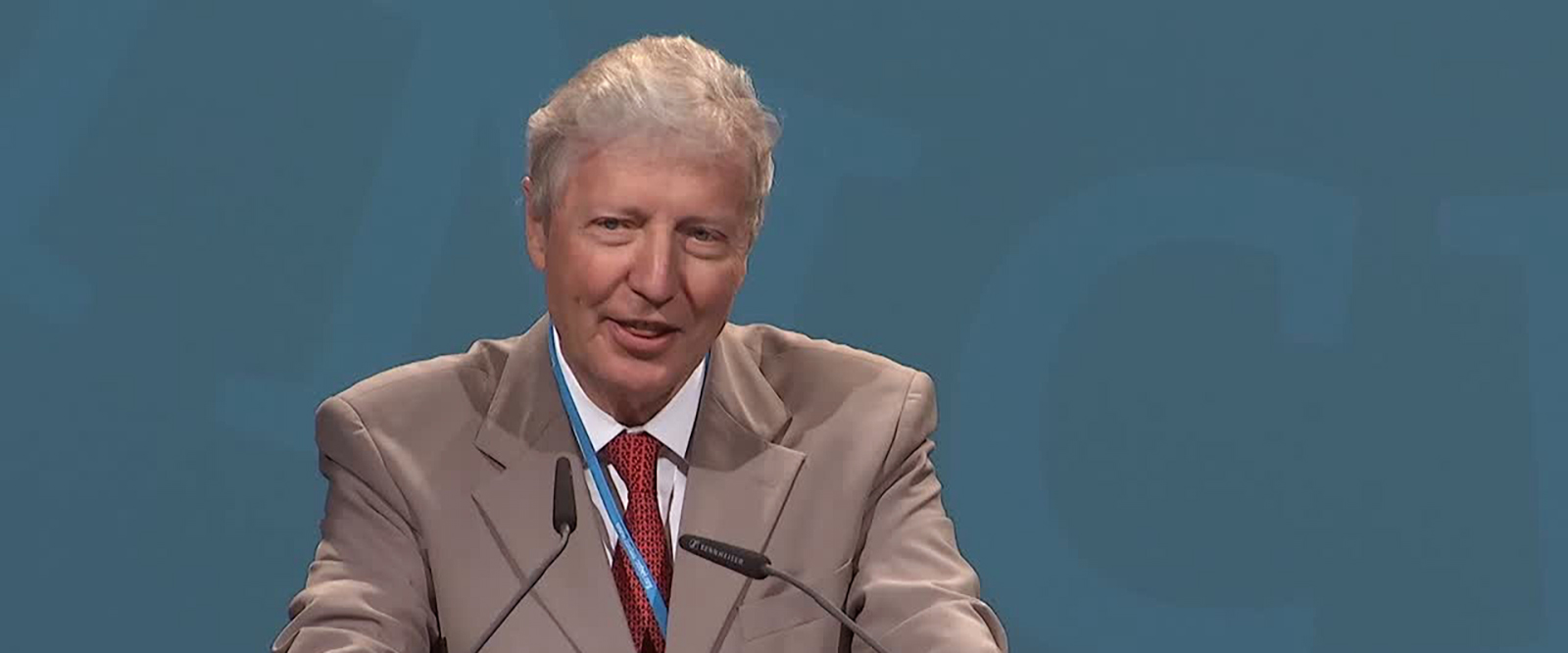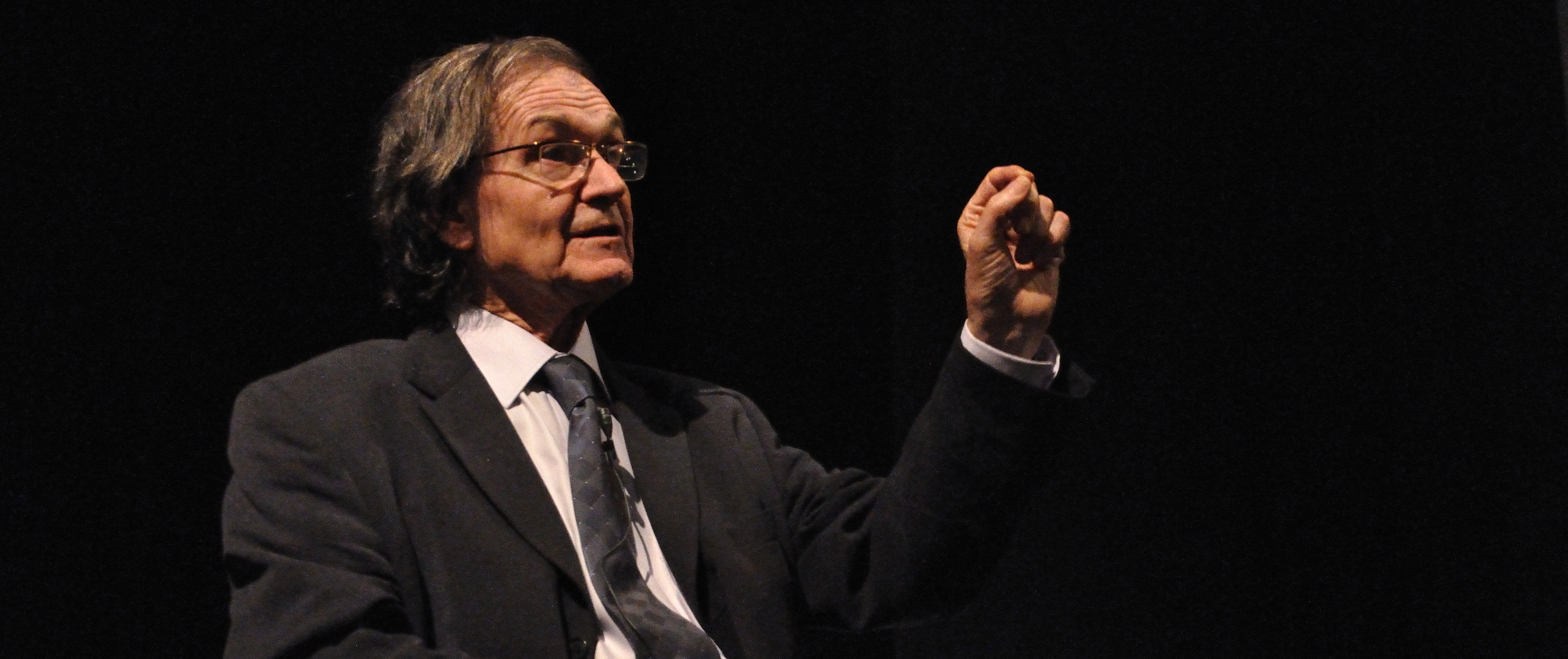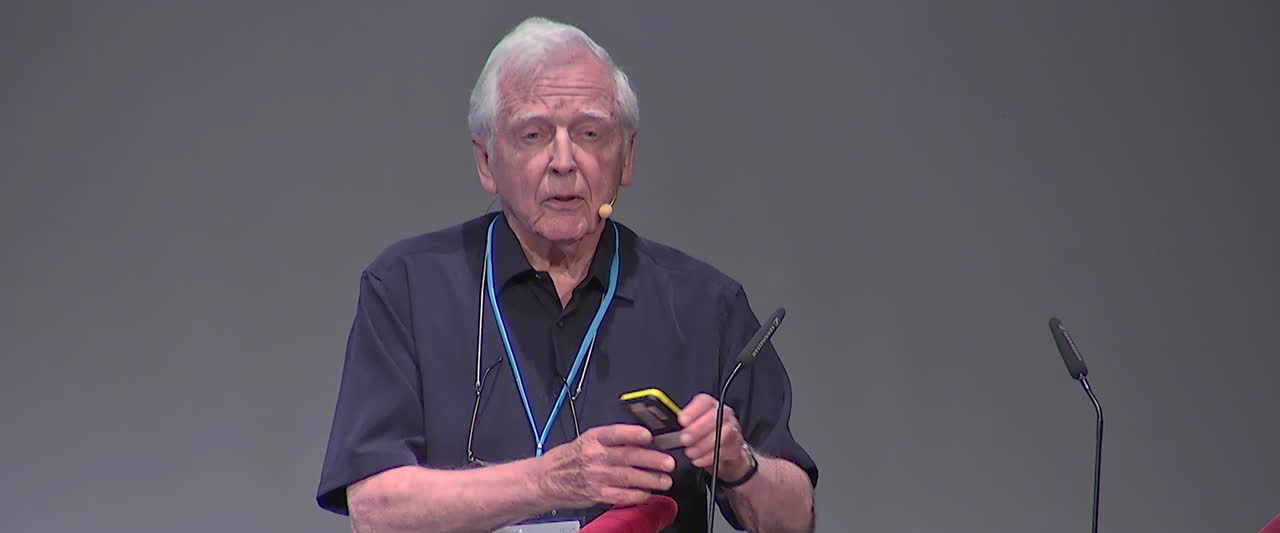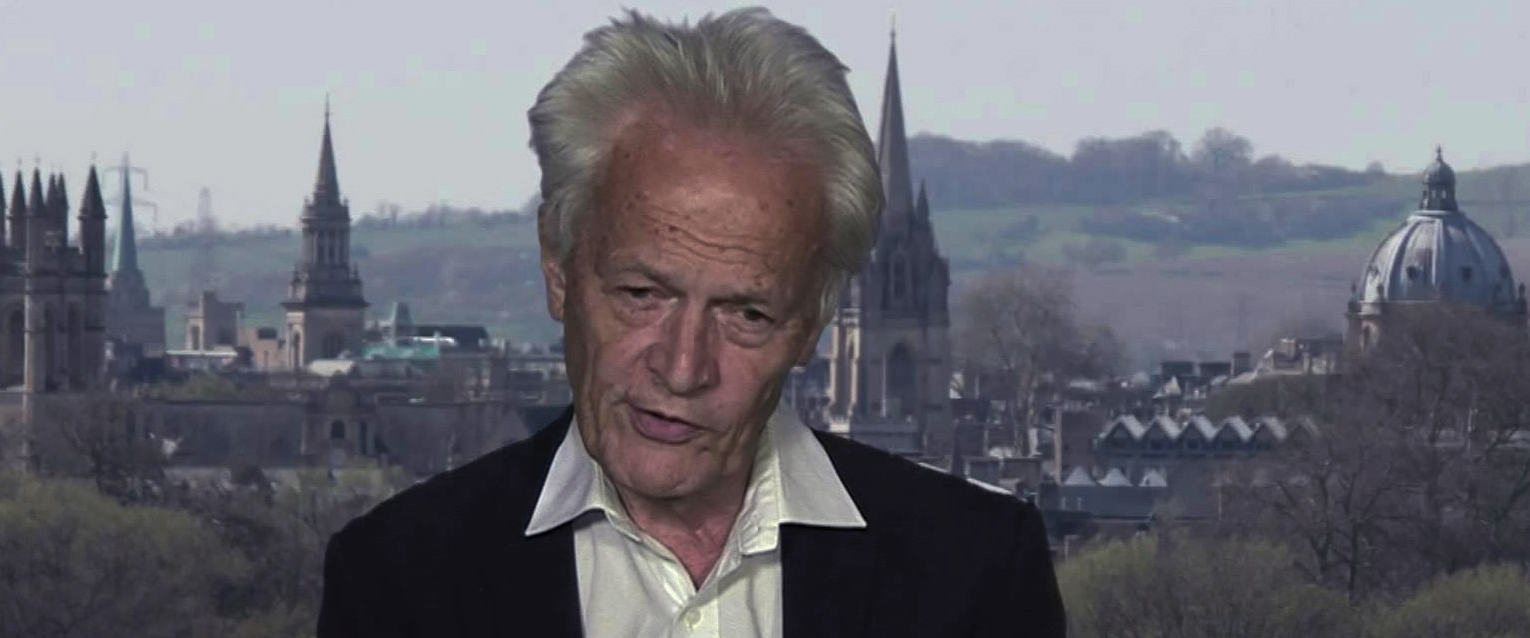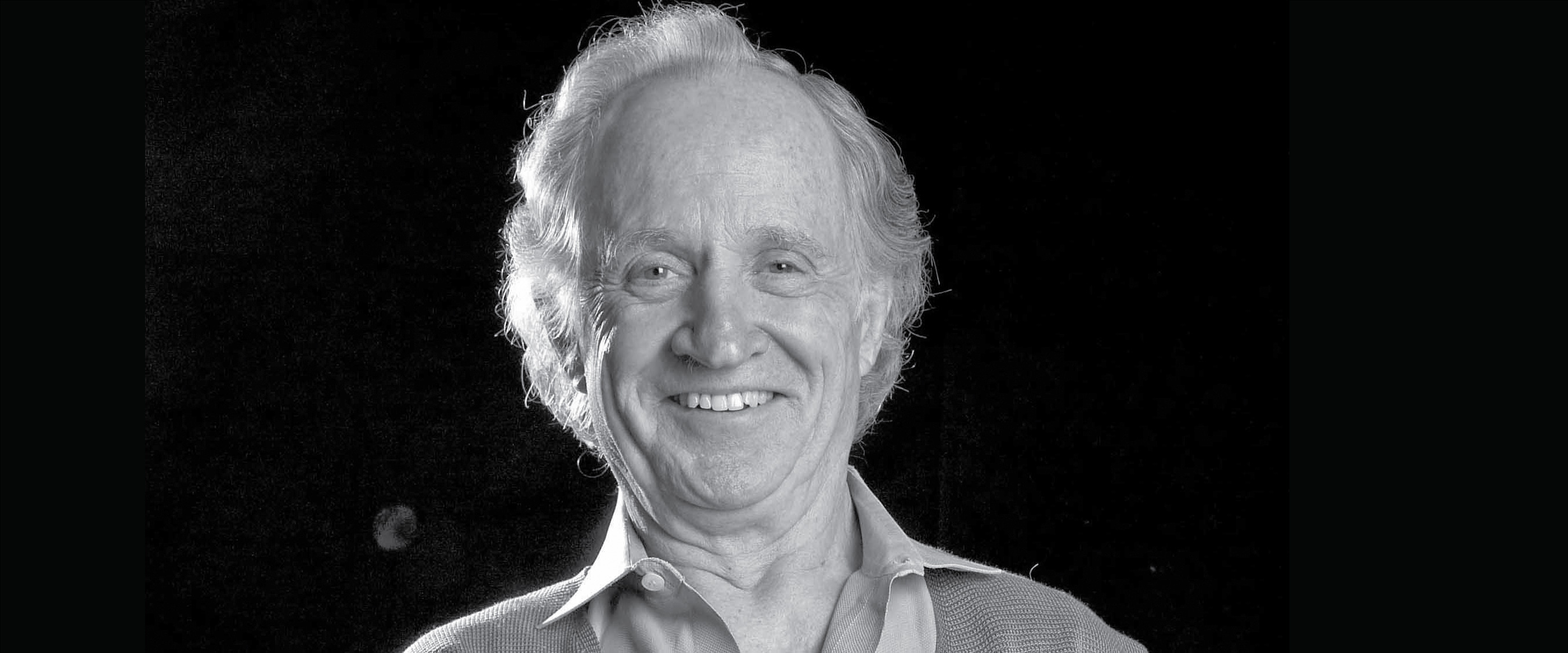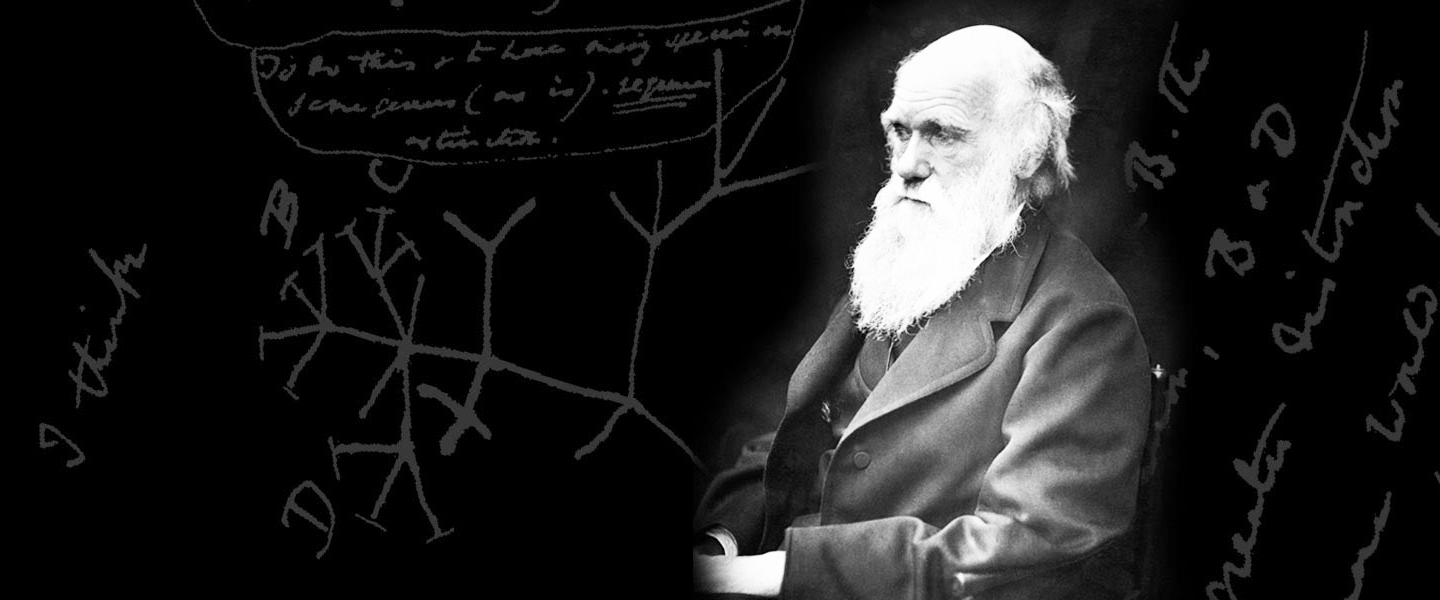9th April 2018.
Michele De Luca, University of Modena.
The 2017/18 M Fraccaro Lecture, organised an nually by Collegio Cairoli and Collegio Volta will be given at 5.00 pm on 9th April 2018 in the main University lecture hall (Aula Magna) by Prof M De Luca at the University of Modena.
Lecture
The lecture entitled: Life-saving regeneration of the entire human epidermis by transgenic stem cells and will illustrate ground-breaking progress in curing a child with a life-threatening skis disease (Junctional epidermolysis bullosa, genetic disease caused by mutations in genes encodingthe basement membrane component laminin 5). The approach pursued by Prof M De Luca and his collaborators involved correction of the faulty gene in skin stem cells in culture followed by propagation and implantation of the cells with the corrected gene to enable the growth of the entire body skin. The results of this study were published in November 2017 in the journal Nature and the article is available here for downloading. All College students are warmly invited to attend this important lecture. The poster of the lecture can be downloaded here. The lecture will be followed by refreshments at Collegio Cairoli.
Biography
Michele De Luca has dedicated most of his scientific activities to translational medicine. He is recognised as leading scientist in human squamous epithelial stem cell biology aimed at the development of epithelial stem cell-mediated cell therapy and gene therapy. Following on early work on the use of human epidermal stem cell cultures in life-saving treatment of massive full-thickness burns and in repigmentation of stable vitiligo and piebaldism by keratinocyte/melanocyte co-colture (reviewed in Regen. Med. 2006), Michele De Luca and his historic collaborator Graziella Pellegrini, were first to establish human urethral stem cell culture aimed at urethral regeneration in posterior hypospadias (N. Engl. J. Med. 1990). They then developed human limbal stem cell culture (J. Cell Biol. 1999) for corneal regeneration in patients with severe limbal stem cell deficiency (Lancet 1997; N. Engl. J. Med 2010; Regen. Med. 2013). This treatment leads to recovery of normal vision and is now used worldwide. In February 2015 such cultures were formally approved as an Advanced Therapy Medicinal Product by EMA, which registered them under the name of Holoclar. Holoclar is the first stem cell-based therapy approved in Europe and EMA has indicated it amongst the most relevant achiements in the field in the last 20 years. They have characterised molecular mechanisms regulating long term proliferative potential, clonal evolution and self-renewal of epithelial stem cells. In particular, they shed light on the role of p63 (different isoforms) and c/EBPδ in regulating the proliferative potential and the self-renewal of human corneal stem cells, respectively (PNAS 2001, 2005; J. Cell Biol. 2007). Notably, their work demonstrated that the clinical success of limbal stem cultures is dependent on a discrete number of stem cells identified as holoclones expressing the ΔNα isoform of p63 (N. Engl. J. Med. 2010, TMM 2011, Regen. Med. 2013). Michele De Luca and Pellegrini are also pioneering ex-vivo epithelial stem cell-mediated gene therapy for genetic skin diseases. He coordinated the first successful clinical trial to treat junctional epidermolysis bullosa (JEB) (Nat. Med. 2006; Stem Cell Rep. 2014; J. Invest. Dermatol, 2017; Nature, 2017). JEB is a severe, often lethal genetic disease caused by mutations in genes encoding the basement membrane component laminin-332. Surviving JEB patients develop chronic skin and mucosa wounds, which impair their quality of life and lead to skin cancer. De Luca has recently reported life-saving regeneration of the entire, fully functional, epidermis on a 7-year-old child suffering from a devastating, life-threatening form of JEB (Nature, 2017). Using integrations as clonal genetic marks, he has shown that the vast majority of epidermal TA progenitors are progressively lost within a few months after grafting and the regenerated epidermis is indeed sustained only by a limited number of long-lasting, self-renewing stem cells. This notion argues against a model positing the existence of a population of equipotent epidermal progenitors that directly generate differentiated cells during the lifetime of the animal and fosters a model where specific stem cells persist during the lifetime of the human and contribute to both renewal and repair by giving rise to pools of progenitors that persist for various periods of time, replenish differentiated cells and make short-term contribution to wound healing (Nature, 2017). Based on this notion and on the corneal data (N. Engl. J. Med 2010) De Luca and Pellegrini established that the essential feature of any cultured epithelial grafts is the presence (and preservation) of an adequate number of holoclone-forming cells. Their work thus provides a blueprint that can be applied to other stem cell-mediated ex vivo cell and gene therapies (see N&V Nature 2010). Michele De Luca is internationally recognised for his experience in stem cell therapy and contributed to two reports by the International Society for Stem Cell Research, dealing with new guidelines for responsible translational stem cells research (Cell Stem Cell 2008, 2009).
Image: human keratinocytes in culture. Courtesy of CellnTec.
